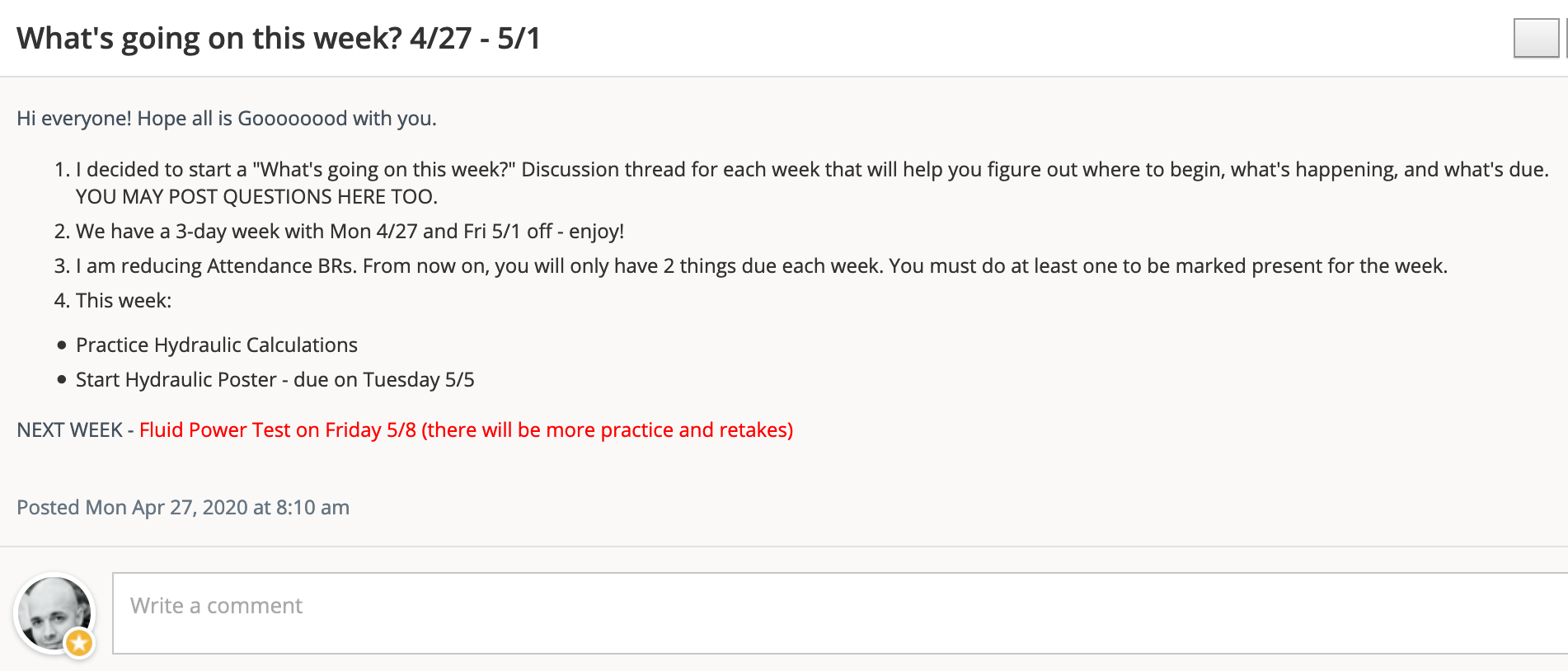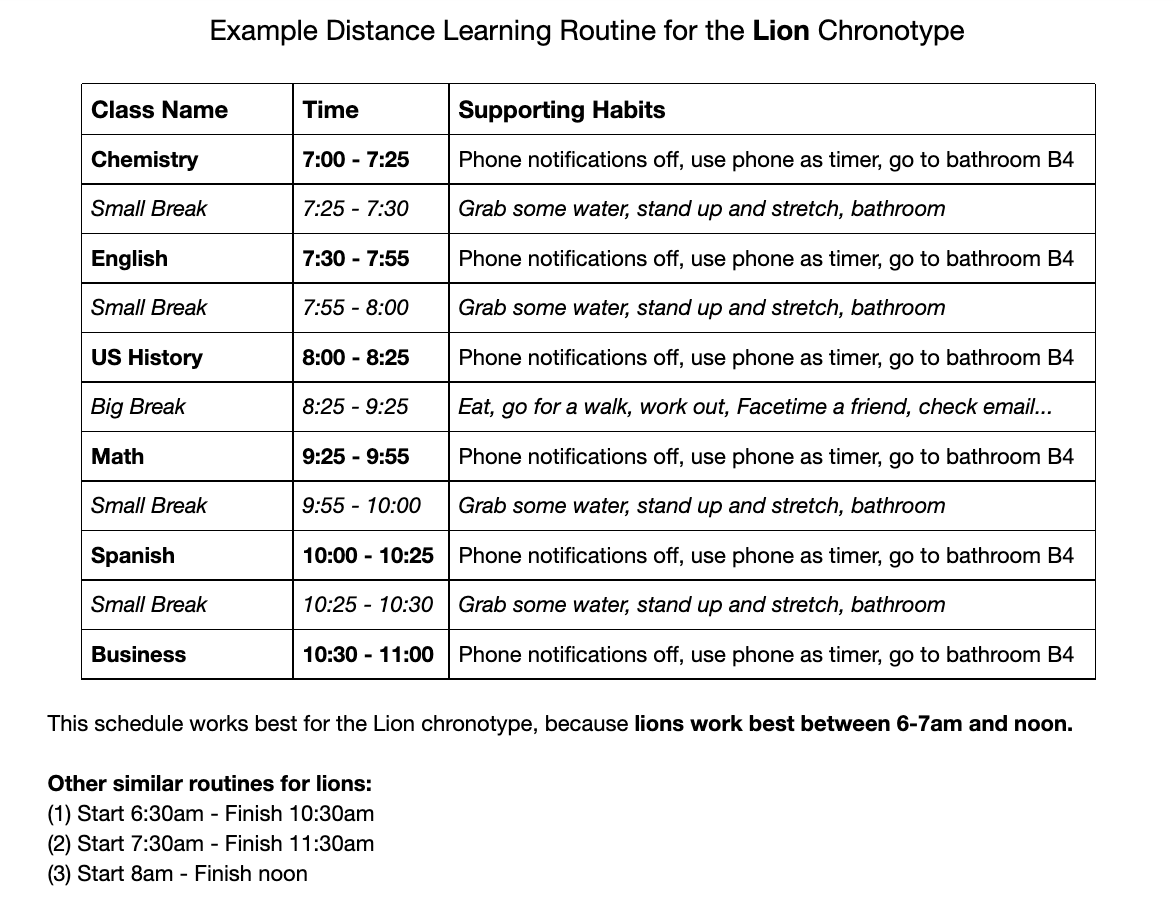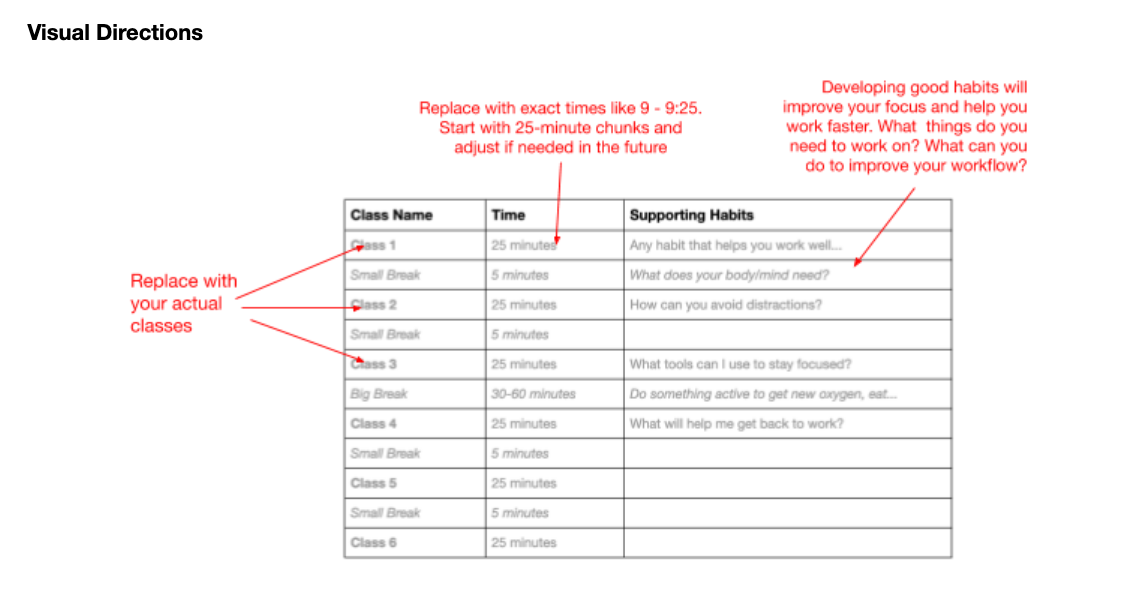Why I Want To Crush School And You Should Too
This post contains a few f-bombs. I am human and I do not apologize for it. I am including a bunch of free digital resources teachers can use in an in-person, hybrid, or distance learning classroom at the end of the post so you can just scroll down to find them if cussin’ ain’t your thing.
What is this Crushing School all about?
I recently came across two Twitter posts.
In the first, a brand new teacher from England asked “how unprofessional is it to cry in front of your mentor” about how bad her first lesson went. She must have thought that showing such strong emotions is not okay for a teacher (which by the way shows how much she cared about being a good teacher on her first day).
In the other, much more disturbing post, another new teacher described her experience of being shamed by a more seasoned colleague for doing something wrong and how awful she felt afterward.
The response of other educators on Twitter was overwhelmingly supportive and encouraging in both cases. But I felt disheartened to see the culture of perfectionism and the lack of empathy being still alive and well in education. Students and teachers are often held to impossible standards. This is something we need to change.
Crushing school is about changing outdated pedagogy. It’s about embracing teacher and student mistakes and using them as powerful learning devices. This poster I made shows you how I feel about mistakes. (I’ll tell you how to get one free later).
But, I didn’t always feel this way.
Change Yourself And Things Will Change
Some 7 years ago, which followed 10 years of teaching high school and middle school students, I came to to the realization that I sucked as a teacher. For a decade, I spent too much time worrying about maintaining control and telling my students what to do and not enough time being a human being willing to change myself and my methods to help them change their academic outcomes. In my self-righteousness I forced my way of doing everything on my students no matter the pain I caused or the price I paid because I thought the way I was taught was the way I needed to teach.
It was wrong and I was wrong.
It was bad. I was bad. If school was Hogwarts I’d be a joy-sucking dementor. I was a control freak. I thought I was practicing tough love but I was just tough to love. I kept doing things that frustrated both students and myself. I was going through the motions. I was stressing and I was stressed. Instead of thriving I was barely surviving.
I fucked up my opportunity to change lives. But you see, fucking shit up is a human condition and it’s what we do after we realize we fucked up that defines us.
I made a lot of mistakes but my light bulb came on just before I burned out. My son’s birth changed everything. I wanted to be a good father and I realized that what I do and how I do it in other realms of life impact me as a whole. I needed to get better as a husband, teacher, friend, and human.
Crushing Teaching So They Can Crush School
First therapy. Then empathy. Now, I share a flexible learning space and find happiness being among my students. I ask them how they are and what they need and want. They often don’t know what they want but if I look closely and listen intently I can make out what they need. I learn from them. I get schooled by them which prompts me to seek answers in the Cybersphere. I read. I listen. I watch. I create something new. I try it. I fail or I succeed. I reflect. If I failed, I try again and do it better. I keep trying and improving. I keep progressing. I keep creating. I don’t mind the work because creating things is my jam and it keeps me moving forward.
I come here to write articles on what I discover about the art of teaching and learning from various (some less traditional) sources. I find teaching and learning stuff others swear by, I try it, and break it down into what works and what needs work. I like to consume content only loosely related to education so I tweak it and implement it in my classroom. I talk about it honestly on this blog.
If you let me, I’ll share my experiences - mistakes, successes, and epiphanies. I’m betting on mistakes to be of greatest value as we can learn from them the most. Major mistakes can be painful and I hope by sharing mine you can avoid a few yourself. But I also hope you will allow yourself to take some chances and make mistakes. Doing so will help you grow when you reflect and course-correct.
But this blog is just a partial answer.
So How Do We Crush School?
It’s up to each teacher to get better to make learning better and still keep it real for his or her students. My rough start taught me we all can choose to change. And on occasion, if we pay attention and try hard enough we can change the world for a student who really needs it changing. That’s crushing school.
This is why I try new things, look to create unique learning experiences, and always tell my students why I do these things - things others don’t do and things my students are not yet accustomed to. I hope to help them understand that I am trying different ways for them to learn the skills they’ll need in the best way possible.
Sometimes I fail, I figure out why, and I share insights and alternatives. When I strike teaching gold I get super excited and I share it with anyone willing to listen.
In my writing, I aim to be theoretical and practical… and human, because I’ve learned that’s the most important play in the teaching game. I explain the what, the why, and the how and usually give resources teachers can use in their courses.
Simply put, I am making up for my decade of darkness by coming up with ways for teachers to kill it so students can crush it.
Because teachers have the power to change lives. We just need a reminder and some encouragement to use it often.
Thanks for reading! You can grab the Mistakes Are… poster and other digital posters as well as learning to learn books and lessons here after you sign up for my weekly newsletter in which I give away teaching and learning strategies and resources.
Hi! I'm Oskar.
I teach, write, and create to make teaching easier and learning simpler.
BOOKS
- September 2025 2
- August 2025 5
- July 2025 4
- June 2025 2
- August 2024 2
- July 2024 2
- June 2024 1
- October 2023 1
- September 2023 3
- August 2023 6
- July 2023 6
- July 2022 2
- June 2022 1
- November 2020 3
- October 2020 3
- April 2020 1
- March 2020 5
- July 2019 1
- June 2019 1
- April 2019 1
- January 2019 1
- November 2018 3
- October 2018 2
- September 2018 1
- August 2018 8
- July 2018 11
- June 2018 4
- May 2018 5
- April 2018 2
- March 2018 4
- February 2018 5
- January 2018 3
- December 2017 1
- November 2017 5
- October 2017 7
- September 2017 6
- August 2017 5
- July 2017 3
- June 2017 10
- May 2017 7
- April 2017 7
- March 2017 15
- February 2017 12
- January 2017 13
- December 2016 15
- November 2016 8
- October 2016 7
- September 2016 12
- August 2016 14
- July 2016 10
- June 2016 13
- May 2016 10
- April 2016 8
- March 2016 5
- February 2016 7
- January 2016 6
- December 2015 5
- November 2015 8
- October 2015 2















